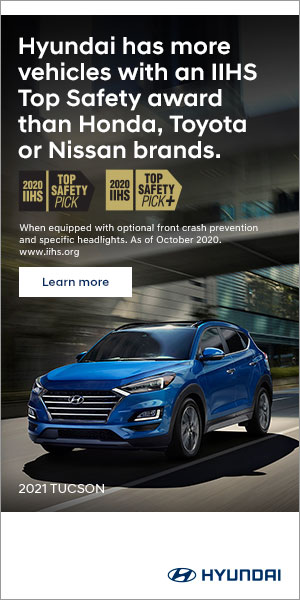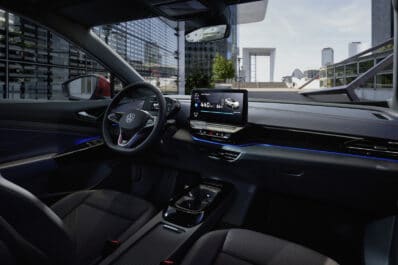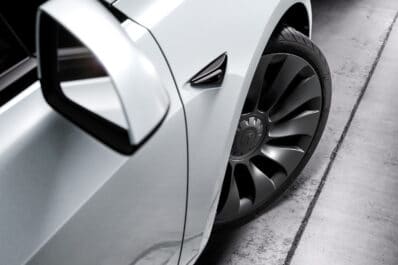BMW is set to become the next automaker to offer motorists in the U.S. and Canada the ability to drive hands-free — though what’s technically known as a “Level 2+” system can only be used under very specific conditions, such as limited-access highways, with drivers continuing to stay focused on the road and ready to immediately retake control.
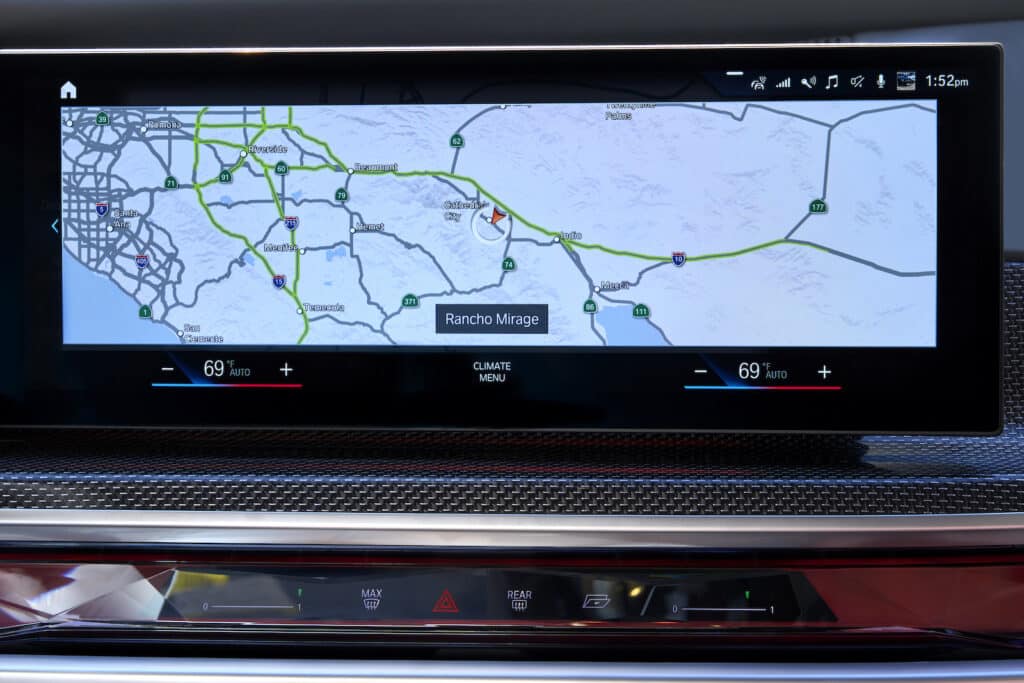
Such semi-autonomous systems are expected to become increasingly common, according to industry observers, even as automakers and tech companies pull back from the development of the fully driverless technologies that are proving to be far more difficult to bring to market than once anticipated.
The as yet-unnamed BMW system is similar to the hands-free technologies offered by several other automakers, including General Motors and Nissan — with their Super Cruise and ProPilot 2.0 systems, respectively. That’s because they rely on the same, highly detailed maps developed by HERE Technologies.
An improved technology
Where the now-ubiquitous maps found in most cars — as well as smartphones — are accurate to within about 6 feet, HERE’s maps are precise to a matter of inches. Such a “digital HD map is essential for highly automated driving,” senior vice president of development automated driving at BMW Group, Nicolai Martin.
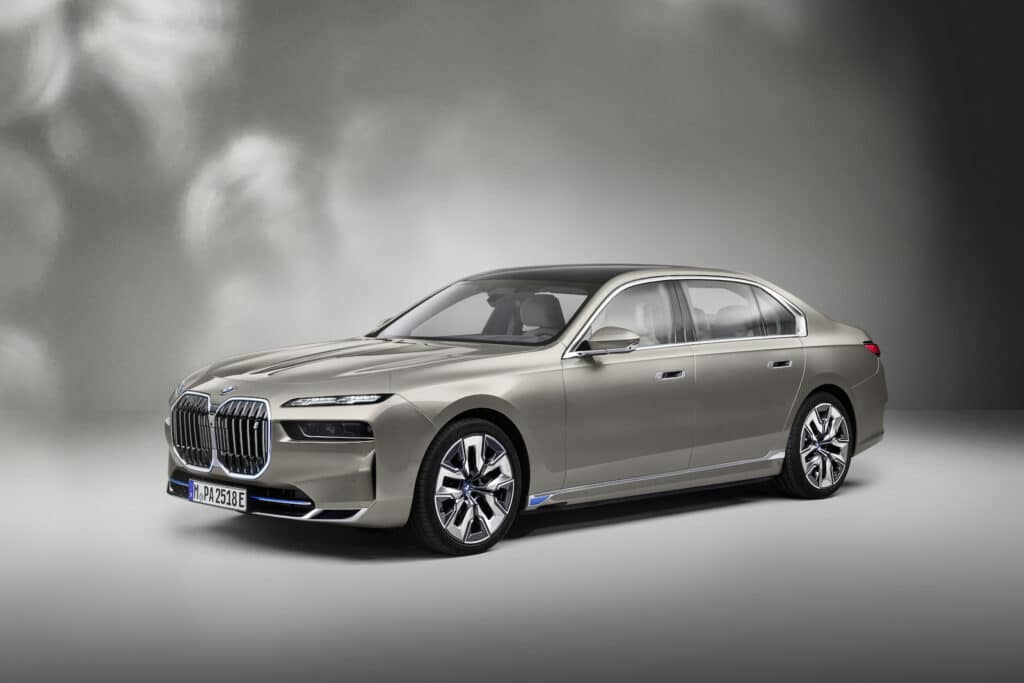
Such digital maps use a variety of technical tricks to improve the accuracy normally provided by conventional road maps and GPS satellite navigation systems. For one thing, lidar, a 3D laser technology, develops a detailed image of the road. It not only maps out individual lanes, exits and other flat surfaces but also can record potential overhead obstacles, such as low bridges and overpasses.
“We’re delighted to see our HERE HD Live Map enable automated driving at Level 2+ for BMW series production vehicles,” said Fred Hessabi, executive vice president and chief customer officer at HERE Technologies. “This collaboration demonstrates the value of maps for highly automated driving. We look forward to supporting the expansion of Level 2+ to all types of roads, everywhere in the world.”
But such high-definition maps can’t be relied on entirely on their own. Onboard sensors provide additional data as a vehicle drives down the road. That’s overlaid on top of HERE’s HD maps to help compensate for unexpected problems, such as construction, detours and crashes.
BMW hasn’t revealed specific details about the hands-free system it plans to introduce, with the rollout to begin with the Bavarian maker’s flagship 7 Series sedan. It will eventually add the feature to other models, much as has been its traditional practice with new technologies.
Where can it be used?
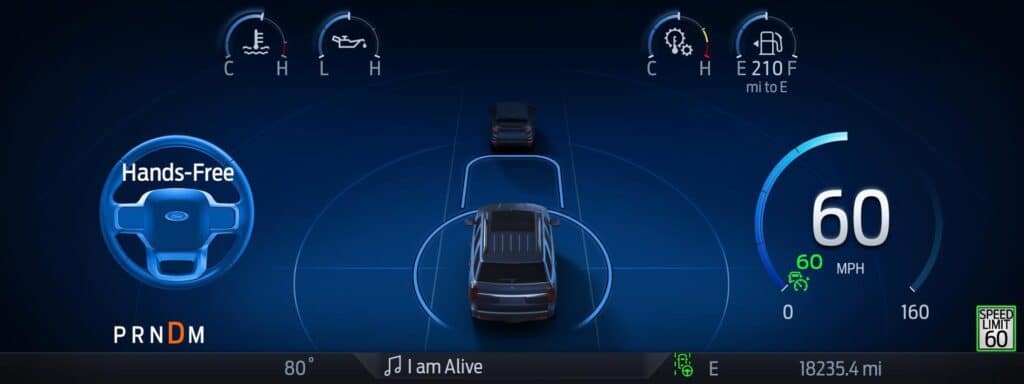
One of the questions BMW may soon answer is how many miles of U.S. and Canadian roadways the system will operate on. When GM’s Super Cruise launched in 2017 it was capable of operating on about 100,000 miles of Interstate-class roadways. It later doubled that range by adding other divided highways. And the automaker’s latest update will push that to 400,000 miles on newer vehicles, including some two-lane routes, such as portions of U.S. Route 66, the Trans-Canada Highway and California’s Pacific Coast Highway.
Nissan’s latest ProPilot 2.0 update, which debuts on the all-electric Ariya SUV, can handle 200,000 miles of roadways.
Ford, meanwhile, allows motorists using its BlueCruise system to operate hands-free on about 100,000 miles of North American roads — but plans substantial expansions during the next year.
SuperCruise has also expanded its features, among other things, allowing some GM models to automatically pass slower vehicles on divided highways.
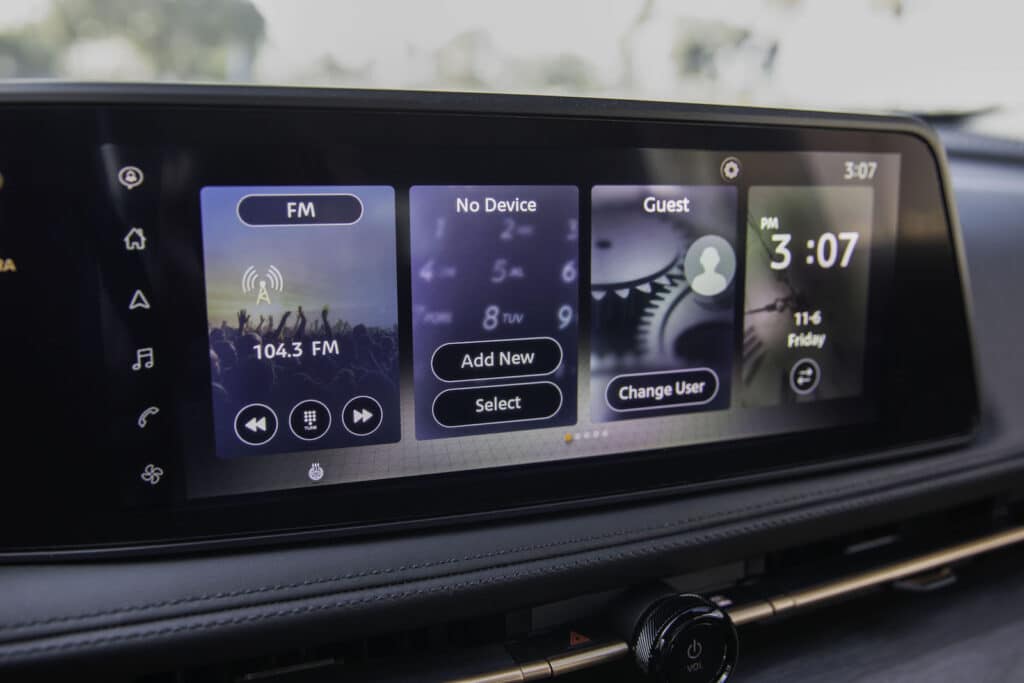
But these systems have some very specific limitations. Drivers must remain vigilant and ready to take immediate control of their vehicle in the event of a problem — or when the vehicle approaches the end of a hands-free zone.
In technical terms, these are known as Level 2+ systems.
More competitors
Mercedes-Benz has launched the first Level 3 technology in Germany — and hopes to introduce the Drive Pilot system in California in the coming months. It allows a motorist to shift attention away from the road — perhaps to check texts and e-mails or even watch a video — though they still need to be ready to quickly retake control of the vehicle. And it is designed to operate at relatively slow speeds, up to around 20 mph, making it useful only for heavy traffic situations.
Tesla has repeatedly claimed it has fully hands-free technology coming, CEO Elon Musk promising an updated of the Full Self-Driving system by year-end. But the automaker actually still requires motorists to maintain at least a light grip on the wheel.
And Tesla now faces a number of legal challenges after being accused by California regulators and one of its owners of falsely promoting the capabilities of Autopilot and FSD. As TheDetroitBureau.com recently reported, the U.S. Justice Department has launched its own probe.
Whether Tesla will achieve true hands-free driving — and meet Musk’s promise of a fleet of robocabs — is far from certain.
Indeed, there is growing skepticism about whether true driverless technology will be ready for mass use anytime soon. Development front-runners, such as Waymo and GM’s Cruise subsidiary, have launched pilot fleets. But they’ve run into a series of embarrassing setbacks.
And Ford last month pulled the plug on its own autonomous development partner, Pittsburgh-based Argo AI, as well as a heavily funded joint venture with Volkswagen.
A number of analysts have turned skeptical about Level 4 and Level 5 systems. And even some proponents, such as Toyota tech chief Gill Pratt, acknowledge these driverless systems could be decades away.
But with more and more systems like Super Cruise, ProPilot 2.0 and BMW’s new technology coming to market, drivers may not really care.

